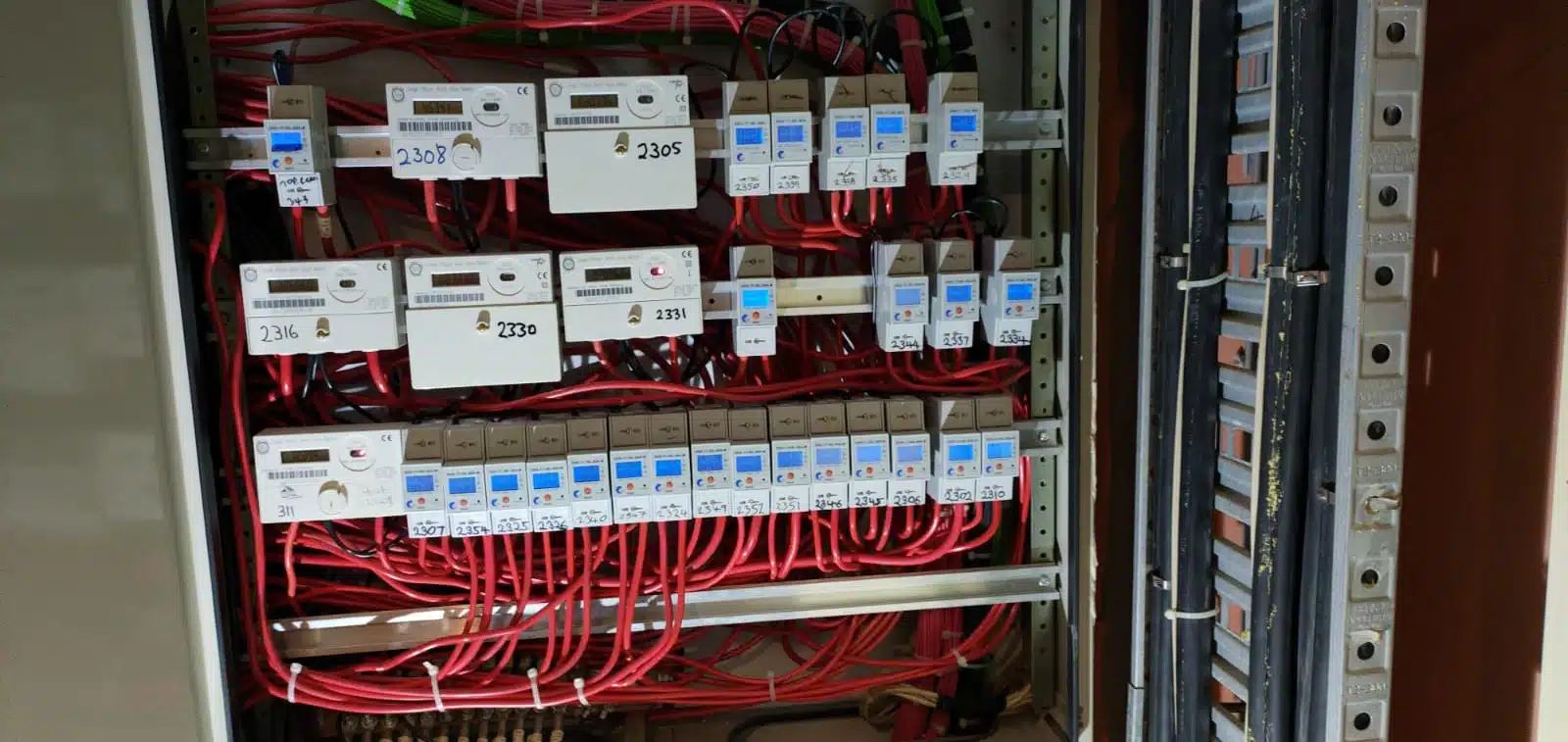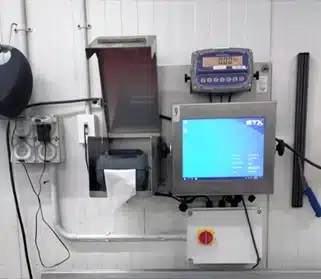
General Electrical Services
Any equipment that needs electricity to function falls in our General Electric category. We offer the following general services, if it is not listed, please feel free to contact us to get an assessment scheduled.
Test and Tag
The primary purpose of testing and tagging is to ensure workplace safety by verifying that electrical appliances are safe for use. This process helps minimize the risk of electrical hazards, such as shock or fire, by identifying any defects or malfunctions in equipment. Regular testing and tagging also promote compliance with safety regulations and standards, protecting both employees and the organization from potential accidents or liabilities.
Electrical Plug Sockets
Electrical plug sockets, also known as outlets or wall sockets, are devices that allow electrical appliances to connect to the electrical supply in a building. Here are some key aspects of electrical plug sockets:
Types of Plug Sockets
- Standard Wall Outlets: The most common type used for general-purpose devices, typically rated for 120V or 230V, depending on the region.
- Specialty Outlets: Designed for specific applications, such as:
- RCD Socket outlets: Provides protection against electrical shocks in wet areas (e.g., kitchens, bathrooms).
- AFCI (Arc Fault Circuit Interrupter): Protects against electrical fires by detecting arc faults.
- USB Outlets: Feature integrated USB ports for charging devices without needing a separate adapter.
- Industrial and Commercial Outlets: Heavy-duty sockets designed for high-power equipment, often with locking mechanisms to prevent accidental disconnection.
Design and Configuration
- Prongs and Slots: The configuration of prongs and slots varies by country. Common types include Type A, B, C, D, and others, each with different shapes and configurations.
- Grounding: Many modern sockets include a grounding pin for safety, helping to prevent electrical shock by directing excess current safely to the ground.
Safety Features
- Shutter Mechanisms: Some sockets have safety shutters that prevent foreign objects from being inserted, reducing the risk of shock, especially for children.
- Surge Protection: Some outlets come with built-in surge protectors to safeguard devices from voltage spikes.
Installation Considerations
- Placement: Outlets should be strategically placed for accessibility, following electrical codes and regulations.
- Circuit Load: Each outlet is typically rated for a specific load (measured in amperes). It’s crucial to ensure that the total load on a circuit does not exceed its capacity.
Maintenance and Testing
- Regular inspections of outlets for signs of wear, damage, or overheating are essential.
- Testing and tagging of outlets are important for ensuring safety in workplaces and compliance with electrical safety standards.
Applications
- Used in residential, commercial, and industrial settings to power a wide range of electrical devices, from everyday appliances to heavy machinery.
Understanding the functionality and safety features of electrical plug sockets is crucial for ensuring safe and efficient use of electrical devices in any environment.
Fuse box upgrades or repairs
Upgrading or repairing a fuse box (also known as a circuit breaker panel) is an essential aspect of maintaining electrical safety and efficiency in a building. Here are some key points to consider:
Purpose of a Fuse Box
A fuse box distributes electrical power throughout a building and protects circuits from overloads and short circuits by using fuses or circuit breakers.
When to Upgrade or Repair
- Frequent Tripping: If circuit breakers trip often, it may indicate that the box cannot handle the electrical load.
- Old Technology: Older fuse boxes may not meet current safety standards and may lack the capacity for modern appliances.
- Burning Smells or Discoloration: Signs of overheating or damage may indicate a serious issue that requires immediate attention.
- Renovations or Additions: Upgrades may be necessary when adding new circuits or appliances that require more power.
- Home Inspections: If a home inspection reveals issues with the fuse box, repairs or upgrades may be needed for safety compliance.
Benefits of Upgrading
- Increased Capacity: Newer panels can handle higher electrical loads, accommodating modern appliances and technology.
- Enhanced Safety: Upgrading can eliminate outdated fuses and improve protection against electrical hazards.
- Improved Reliability: Newer systems are typically more reliable and require less frequent maintenance.
Repair Options
- Replacing Fuses or Breakers: If specific fuses or breakers are faulty, replacing them may resolve issues without a complete upgrade.
- Rewiring: If wiring is damaged or outdated, it may need repair or replacement as part of the service.
- Cleaning and Maintenance: Regular cleaning of the fuse box can prevent dust and debris buildup that may lead to overheating.
Considerations for Upgrades
- Consult a Licensed Electrician: Always hire a qualified professional to assess and perform upgrades or repairs, ensuring compliance with local electrical codes and safety standards. All The Wet Sparky’s technicians are EWRB qualified and registered
- Permits and Inspections: Some areas might require permits for electrical work, which helps ensure safety and compliance.
- Cost Factors: The cost of upgrades or repairs can vary widely depending on the extent of the work, and the complexity of the existing electrical system.
Choosing the Right Upgrade
- Subpanel Installation: For larger homes or manufacturing plants requiring additional circuits, installing a subpanel can help manage the electrical load effectively.
- Smart Breaker Panels: Consider modern options that offer smart technology, allowing for remote monitoring and control of electrical usage.
Upgrading or repairing a fuse box is crucial for maintaining electrical safety and efficiency, especially in homes or manufacturing plants with older systems or increased power demands. Regular maintenance and timely upgrades can help prevent electrical hazards and ensure reliable power distribution.

The Wet Sparky LTD: Your trusted partner for innovative mechanical engineering and electrical solutions.
More than just your local Auckland electrician, we deliver increased profitability through design and innovation. Our technicians provide expert service to enhance your property and keep your operations running smoothly.

